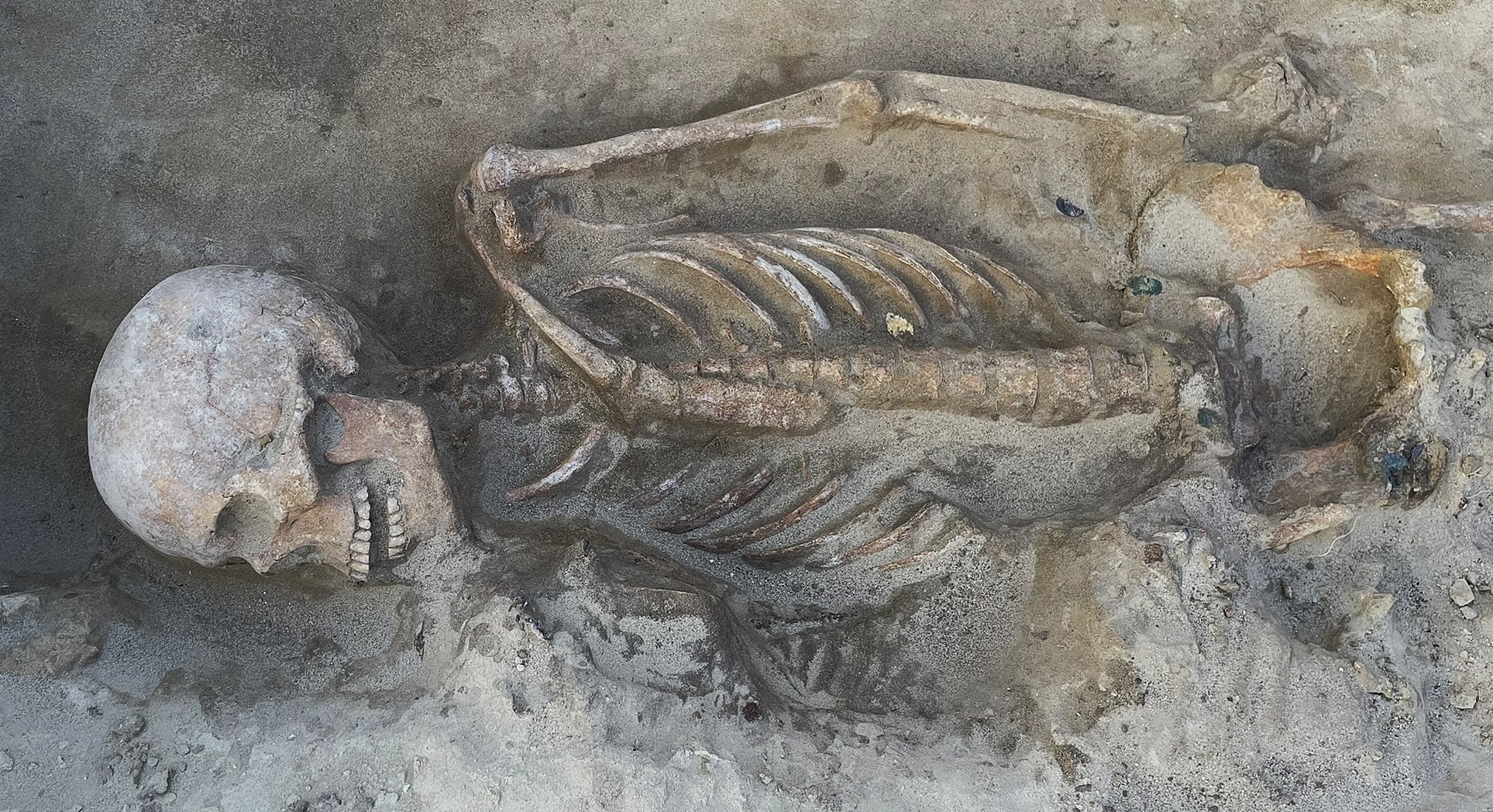ER Visits for Alcohol Intoxication Are Going Up

Visits to the emergency room for alcohol intoxication in the United States have increased by more than 50 percent over the past decade, a new study finds.
What's more, ER visits tied to alcohol are taking up an increasing portion of hospital resources, and are requiring longer hospital stays than in the past, the researchers said.
"These visits place a strain on the U.S. emergency care system and represent a public health problem," the researchers, from The George Washington University's Center for Healthcare Innovation and Policy Research, wrote in the Oct. 7 issue of the journal Alcohol and Alcoholism. There is a need for more attention to efforts to identify and reduce problematic drinking, which could also help to reduce alcohol-related ER visits, they said. [7 Ways Alcohol Affects Your Health]
In the study, the researchers analyzed information from a national survey of U.S. hospitals, called the National Hospital Ambulatory Medical Care Survey, which includes information about ER visits. They looked at ER visits in which the patient received a diagnosis of alcohol intoxication or alcohol abuse. In addition, patients were included in the study if the reason for their ER visit was listed as "alcohol-related problems," "adverse effects of alcohol," "alcoholism" or "alcohol detoxification." Such visits could include cases in which a patient was injured because he or she was intoxicated.
From 2010 to 2011, there were an estimated 3.8 million ER visits related to alcohol intoxication. That's up from about 2.4 million visits in the years 2001 to 2002, the study found.
The total number of hours that patients spent in the ER for alcohol-related visits more than doubled during the study period, the research found. As a proportion of total ER hours spent caring for all patients, alcohol-related visits made up 3 percent in 2011, up from 2.2 percent in 2001, the researchers said.
The researchers also found that the use of CT scans or MRI machines for alcohol-related ER visits increased during the study period. During the years 2001 to 2002, 11.5 percent of alcohol-related ER visits used CT/MRI scans, but in 2010 to 2011, that increased to 38.2 percent.
Get the world’s most fascinating discoveries delivered straight to your inbox.
Such scans may be used to check for head injuries in patients with alcohol intoxication, the researchers said, but there is a concern that these scans — which can be expensive and time-consuming — are being overused. A recent study found that the percentage of CT scans that actually lead to a diagnosis are declining, meaning that doctors are using CT scans more often but aren't detecting more health problems. There is also a concern that exposure to radiation from CT scans can increase the risk of cancer.
The overall length of a stay for alcohol-related ER visits increased by 16 percent, from about 5 hours in 2001 to 2002 to 5.8 hours in 2010 to 2011. This rise is likely due to an increase in the intensity of care that patients with alcohol intoxication received in the ER, said study co-author Peter Mullins, a medical student and public health researcher at The George Washington University.
Factors such as increased use of CT/MRI scans, and IV (intravenous) fluids (which also saw a rise during the study period) can contribute to longer stays in the ER, Mullins said. It's also common for doctors to allow patients to metabolize the alcohol and show they are sober before being discharged, which can also require a significant amount of time in some cases, he said.
Still, "given the number of hours these patients spend in the [emergency department], these visits represent an opportunity for intervention on the part of emergency providers," the researchers wrote.
One tool to reduce problem drinking is called the Screening, Brief Intervention and Referral to Treatment (SBIRT) tool, in which a health care provider assesses a patient for risky substance use, engages him or her in a short conversation and provides a referral for patients who need additional treatment.
But this tool is used mostly in primary care offices, rather than the ER. Efforts to improve the effectiveness of the SBIRT tool, and to figure out the best approach for using it in the ER, "are likely to result in a cost-effective intervention," the researchers said.
Other interventions, such as follow-up phone calls to patients after they leave the ER, could help reinforce the counseling they received in the ER and promote follow-up treatment, the researchers said.
The reason for the rise in alcohol-related ER visits is not known. The findings are "particularly striking," given that previous research has found a decrease in binge-drinking behavior in the United States during the same time period, Mullins said. Future research could study more specifically why these patients are ending up in the ER, he said.
Original article on Live Science.

Rachael is a Live Science contributor, and was a former channel editor and senior writer for Live Science between 2010 and 2022. She has a master's degree in journalism from New York University's Science, Health and Environmental Reporting Program. She also holds a B.S. in molecular biology and an M.S. in biology from the University of California, San Diego. Her work has appeared in Scienceline, The Washington Post and Scientific American.



